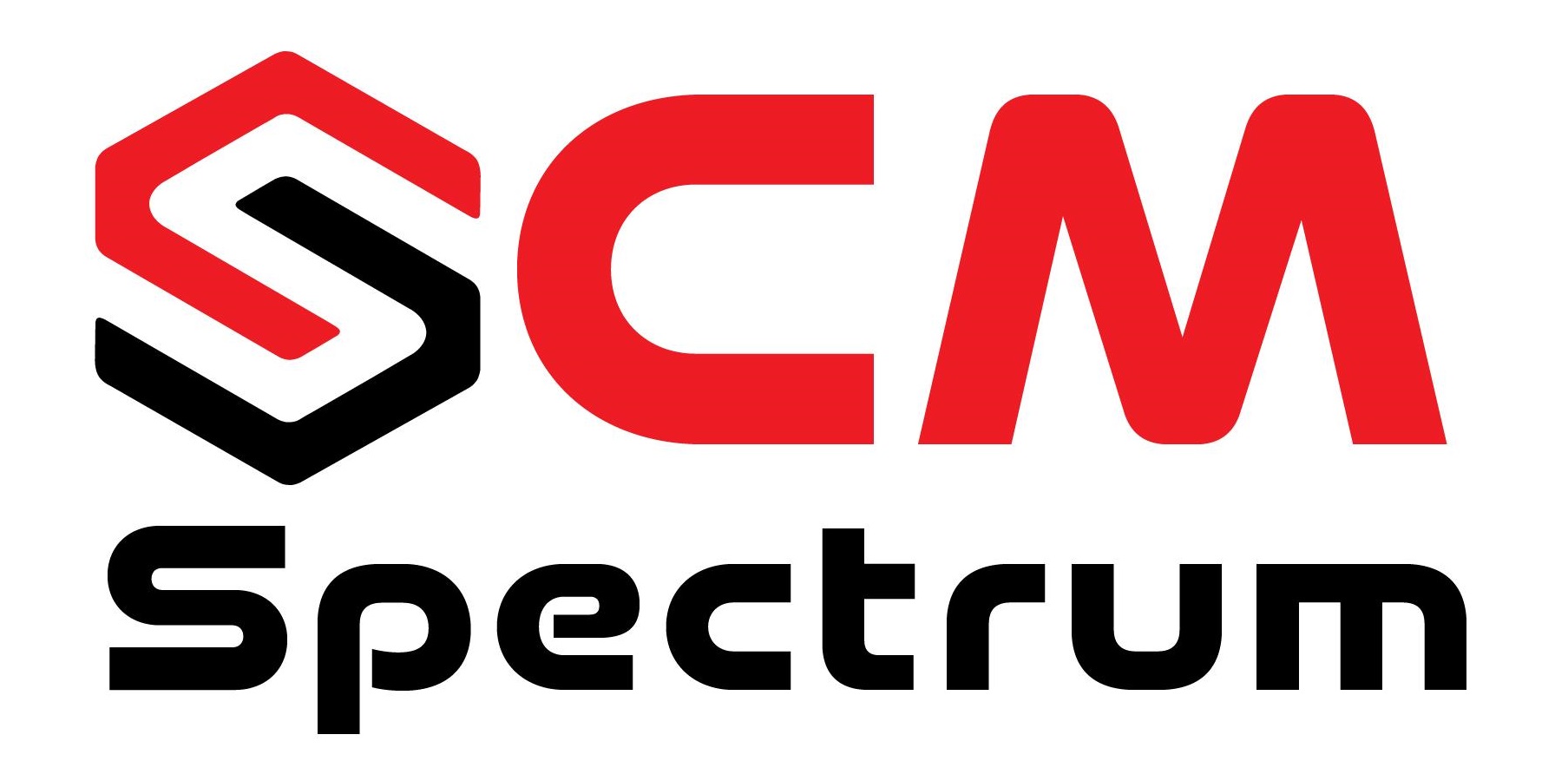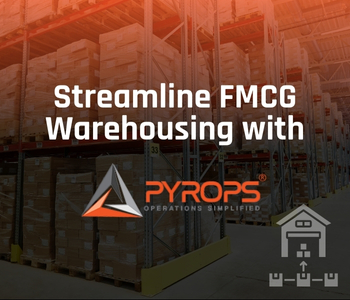The farm-to-table movement has gained tremendous popularity in recent years, as consumers seek fresher, more sustainable food. However, the journey from farm to consumer is often filled with inefficiencies, delays, and quality degradation. As the demand for fresh food continues to grow, technology is stepping in to streamline the process, providing innovative solutions to these age-old challenges.
Breaking the Barriers of Traditional Food Supply Chains
Traditional food supply chains are complex, involving multiple intermediaries between the farm and the consumer. These intermediaries often add unnecessary layers of costs and delays, compromising the quality of the products along the way. Moreover, the lengthy journey from farm to table means that food often loses its freshness before reaching the consumer.
However, food-tech platforms are increasingly bridging the gap between farmers and consumers, eliminating unnecessary middlemen. By connecting farmers directly to consumers, these platforms ensure that food remains fresh and the supply chain becomes more transparent and efficient. As a result, consumers can receive fresh produce more quickly and at a lower price.
Leveraging Technology for Quality Assurance
Technology is not only helping to reduce the time and cost associated with the farm-to-table journey but is also playing a pivotal role in ensuring product quality. With innovations such as ozone washing, food-tech platforms can clean fruits and vegetables thoroughly without the use of harmful chemicals. This approach helps extend the shelf life of fresh produce, ensuring consumers receive products that are both safe and high-quality.
Moreover, artificial intelligence (AI) is revolutionizing quality checks. AI-powered systems are able to assess the freshness of produce with high accuracy. For instance, AI can determine the ripeness of fruit through advanced imaging systems, helping farmers make informed decisions about when to harvest and sell their produce. This real-time quality monitoring reduces waste, as only the best produce reaches the consumer.
Predictive Analytics for Smarter Operations
Another breakthrough in the farm-to-table supply chain is the use of predictive analytics. This data-driven approach allows food-tech platforms to optimize their operations. By analyzing consumer behavior, weather patterns, and market trends, predictive analytics can help determine the best times for delivery, ideal pricing, and the most efficient routing for logistics.
For example, predictive algorithms can calculate the optimal delivery route, reducing delivery times and carbon footprints. This not only benefits consumers by ensuring faster deliveries but also supports farmers by minimizing food wastage. Ultimately, predictive analytics allows for smarter, more efficient operations that benefit all parties in the supply chain.
Transparency and Traceability: Building Consumer Trust
In addition to improving quality and efficiency, technology also fosters transparency and traceability. Food-tech platforms now offer consumers the ability to trace the journey of their food from farm to table. Through QR codes and blockchain systems, consumers can access detailed information about the origin, handling, and transportation of their food. This transparency helps build trust between consumers and producers, as buyers are increasingly concerned with the source of their food.
Furthermore, traceability ensures accountability. In the event of a recall or quality issue, consumers can quickly identify where the problem originated and take appropriate action. This level of transparency strengthens the overall integrity of the food supply chain and ensures that both consumers and producers are held to high standards.
Sustainability at the Heart of the Farm-to-Table Movement
The farm-to-table movement is not only about fresh food; it’s also about sustainability. By reducing the number of intermediaries in the supply chain and optimizing delivery logistics, technology is helping to minimize the carbon footprint of food production and distribution. Additionally, food-tech platforms often work directly with local farmers, which supports local economies and reduces the environmental impact of long-distance food transportation.
Sustainability also comes in the form of reducing food waste. With better quality checks, predictive analytics, and real-time tracking, food-tech platforms can ensure that food is harvested and delivered at the peak of its freshness, reducing waste that would have otherwise occurred in a traditional supply chain.
The Road Ahead: A New Era for Fresh Food Delivery
As technology continues to evolve, the future of farm-to-table looks promising. Innovations such as AI, blockchain, and predictive analytics are transforming how food is produced, transported, and consumed. These technologies are not only helping reduce costs and improve efficiency but are also ensuring that fresh, high-quality food reaches consumers more quickly and sustainably.
In conclusion, technology is reshaping the farm-to-table experience, offering a more efficient, transparent, and sustainable way to deliver fresh food. As consumers continue to prioritize quality and sustainability, food-tech platforms are stepping up to meet these demands, ultimately revolutionizing the way we think about food delivery.







